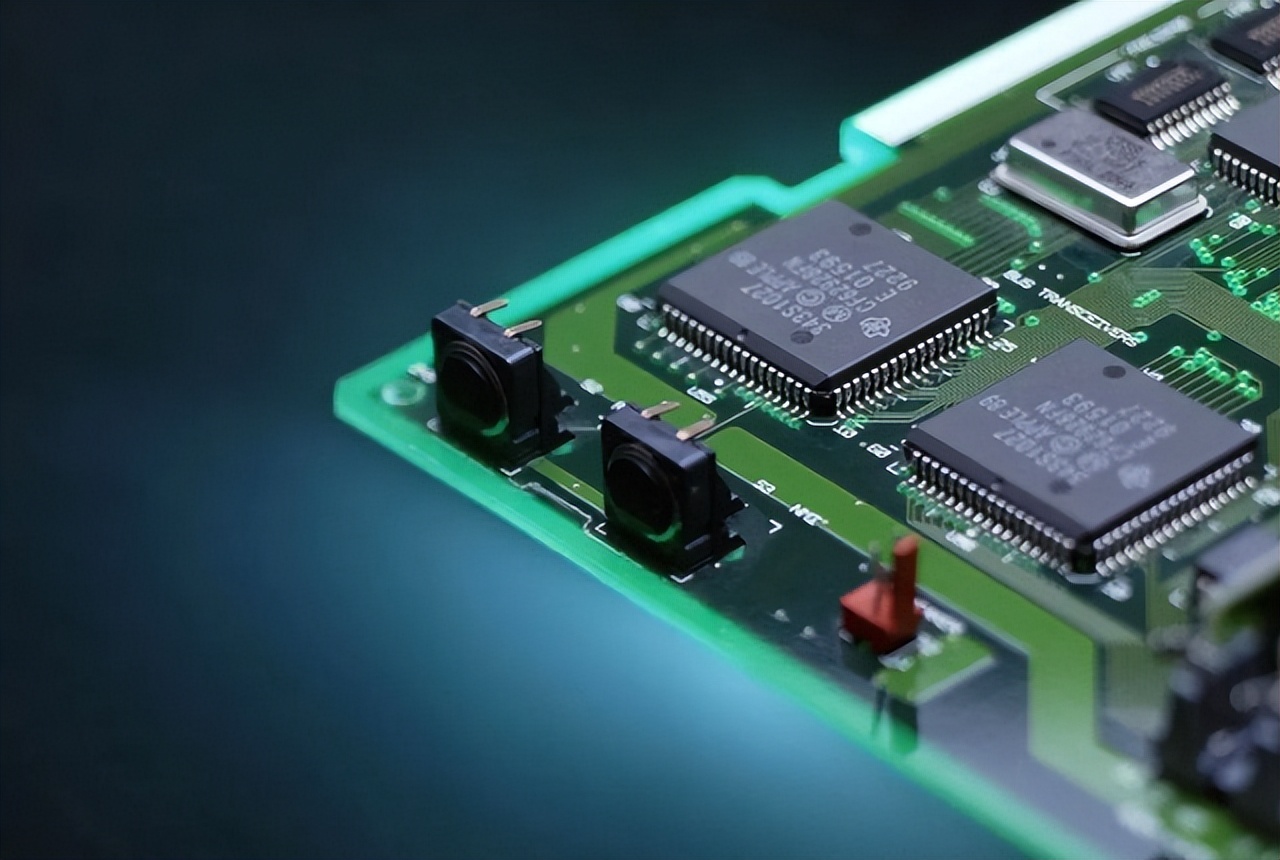Recently, Apple supplier Foxconn said that the global electronic parts supply shortage crisis is worsening and is expected to continue until 2022. In fact, after the epidemic, there has been a shortage in the international chip market, not only the mobile phone industry, but also the automotive industry, as long as the industry that needs to use chips, all have been affected.
The consumer electronics market is underperforming, and chip manufacturers are constantly suffering
The downturn in the mobile phone and PC market is not a small blow to chip manufacturers. The frequent news of cutting orders has also forced chip manufacturers to start reducing the price of some chips.
However, in addition to mobile phones, smart homes and wearable devices, which are the main markets of IoT, have been particularly popular in recent years, especially the increase in people's time at home caused by the repeated epidemics, which has driven the demand for smart homes. But in reality, this boom began to decline in the first quarter of 2022.

According to IDC data, in the first quarter of 2022, China's smart home device market shipped 47.78 million units, an increase of 1.7% year-on-year. At the same time, it can be seen from the figure that under the linkage of the scene, the lighting and security market is growing rapidly, and the demand for audio is reduced significantly. It can be seen that the demand for the domestic smart home device market has not been greatly reduced, and the impact on chip manufacturers is not large. At the same time, chip manufacturers can start to layout the lighting and home security market.
On the other hand, in the first quarter of 2022, wearables shipments declined slightly.
On June 10, IDC, a market research and research agency, released a quarterly tracking report on China's wearable device market in the first quarter of 2022. According to the data, China's wearable device market shipments in the first quarter of 2022 were 25.84 million units, down 7.5% year-on-year.
At the global market level, it is not optimistic. According to IDC data, the global wearable device market fell for the first time in the first quarter of 2022, with total shipments of 105.3 million units, down 3% year-on-year.
In the past three years, sports watches, true wireless headphones, and active noise-canceling headphones have detonated the market, achieving a period of rapid growth in the wearable market. The year-on-year decline in the market is caused by many reasons such as the recurrence of the local epidemic, the decline in consumer sentiment and the bottleneck of industry upgrading. At present, China's wearable market is facing growth challenges.
In summary, the decline in mobile phone and PC shipments, coupled with smart homes, wearable devices have not had outstanding performance, overall, the decline in consumer electronics shipments, directly led to the decline in chip manufacturers' shipments. However, from the data point of view, smart home still has some markets growing, chip manufacturers may be able to target these markets and start the next step.
Chip shortage fermentation
This round of consumer electronics price increases is largely due to the price increase of upstream components.
According to incomplete statistics, since the second quarter of 2021, more than 30 semiconductor companies have issued "price adjustment letters", and the price increase is between 10% and 30%.
Semiconductor price increases are first transmitted to consumer electronics components. Recently, Toshiba has raised the price of mechanical hard disks (HDDs), and the price of mechanical hard disks in the data centers of major customers has increased by about 5% on average compared with the end of 2020. Toshiba pointed out that the reason for the price increase is the cost growth caused by the global semiconductor shortage, and it is determined that the semiconductor shortage will continue in 2021, and further price increases will be considered.
In addition, components, including motherboards, graphics cards, etc., have also shown a trend of price increases in the past year. At the beginning of this year, ASUS officially announced that it will gradually adjust the pricing of graphics cards and main boards from 2021, including the official stores and retailers in the United States have been adjusted to the new price, with a price increase of 20%.
IDC pointed out that the "shortage tide" of semiconductors that began to spread from the end of 2020 has become a key issue that the consumer electronics industry and even the entire semiconductor industry have to pay attention to in 2021. In the short term, the "shortage tide" began with the competition for upstream production capacity driven by competition on behalf of the consumer electronics side, driven by the demand of emerging industries, and was exacerbated by uncontrollable external factors, resulting in the current balance of the semiconductor supply chain being broken.